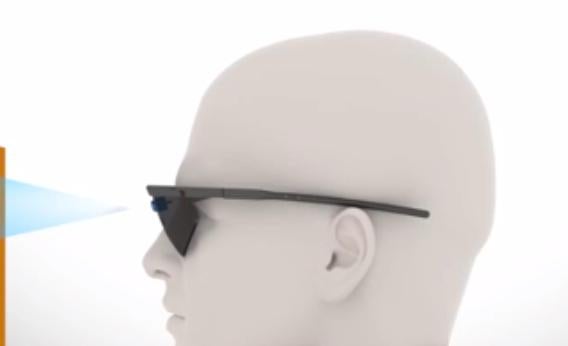I read an informative piece in the New York Times from Ezekiel Emanuel today delivering the “good news” that health care spending volumes are increasing at a slower pace, a development he characterizes as a slowdown in health care costs.*
Meanwhile, in other news, Second Sight has received Food and Drug Administration approval for the Argus II, a device that lets blind people see. It doesn’t fully restore their vision by any means, but it combines a high-quality video camera, digital processing equipment, and an implant capable of stimulating the optic nerves of even severely damaged patients. That gives them some visual perception that could let a previously blind individual see a crosswalk on a street, find the stove and its burners, or other macro-scale objects. It doesn’t work for everyone since you need working optical cells, but for patients whose blindness is caused by retina damage, it could be a total gamechanger.
Of course the ability to cure the blind could also lead to “higher health care costs” (cue threatening music). Most likely it won’t actually make “health care costs” much higher, simply because the share of the population with severe retina damage is pretty small. But it’s still an amazing breakthrough. Restoring the sight of blind people is genuinely miraculous. And further technological breakthroughs to ameliorate more common ailments would be good things, not bad things. Which is why I don’t love the rhetoric of health care costs. Inefficiency is costly, and we should strike to purge it from the system. But new cures may be expensive without being costly at all. Blindness is costly. Chronic lower back pain is costly. Cancer is costly. Finding ways to treat these problems will likely lead to the expenditure of funds on the treatments, but that’s because the treatments are valuable.
Correction, Feb. 15, 2013: This post originally misspelled Ezekiel Emanuel’s last name.
